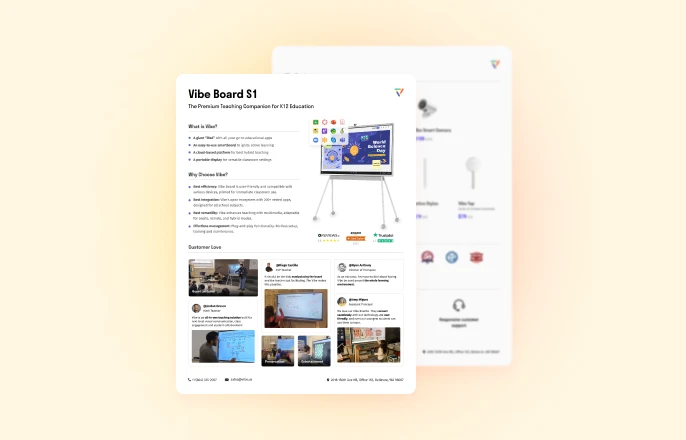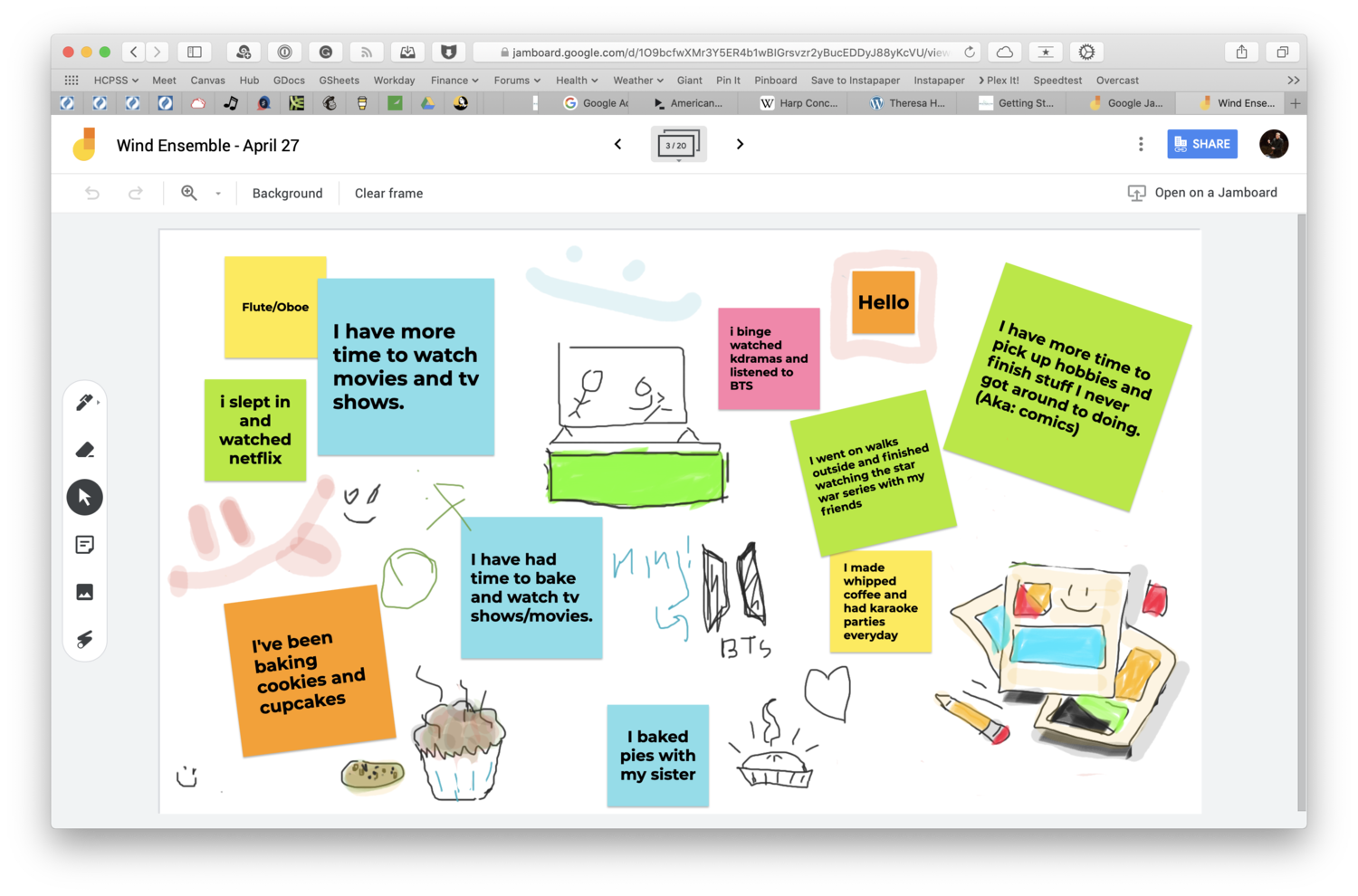In today’s hybrid learning environment, organizing team projects isn’t as simple as pushing some desks together. Instead, students are separated across digital lines. Educators must consider how to best pair students together in a way that delivers opportunities for meaningful learning experiences.
One of the most effective ways to start is by shifting your focus from group work to teamwork. The difference between groupwork and teamwork? The two terms are synonyms, but they have an important distinction.
Oxford Languages defines groupwork as "work done by a group of people in collaboration." On the other hand, teamwork is defined as "the combined action of a group of work, especially when effective and efficient." Teams have a sense of purpose with a shared vision. For best results, focus on teaching your students teamwork rather than groupwork.
Benefits of flexibility and teamwork in class
What makes teamwork so beneficial? First, it’s important to start by analyzing one of the key features of successful teams: flexibility.
In the classroom setting, flexibility has come to take shape in a multitude of ways. It might look like a hybrid learning environment, where students learn at home and school. Or perhaps it’s a flexible seating arrangement, where students can select learning stations based on the activity at hand. You can also find flexibility in "flex-periods," as students have the opportunity to get extra help from teachers or take on enrichment activities during the day.
The need for flexibility has increased in the school system as educators work to adapt to different learning styles and needs. Flexibility also teaches students to adapt quickly to new situations, appreciate different perspectives, and overcome obstacles. Those skills sure sound like they’d be beneficial for teamwork!
Mastering teamwork is critical to functioning in today’s changing society. It helps to strengthen the following skills:
- Verbal and written communication
- Presentation and public speaking
- Negotiation
- Compromise
- Self-confidence
- Openness to feedback
Tips for team projects in a hybrid learning environment
Hybrid learning environments present opportunities for innovation and creativity when working on team projects. To foster meaningful learning and collaboration, begin by considering how you group students.
Grouping methods typically fall into two categories: heterogeneous teams and homogeneous teams. Heterogeneous teams feature students with different skill levels and interests. In homogeneous teams, you’ll find students of similar skill levels and interests.
If you’re finding that students tend to group themselves homogeneously, try a heterogeneous approach. You can use classroom data to divide students into teams. You may pair a star reader who struggles with number sense with a math whiz. Or perhaps you ensure that every group has a student who loves collaboration. Regardless of how you divide students into teams, make sure the work fits your students’ learning needs.
Foster unity by creating team personalities
Once the groups are together, give students the chance to create their own vision and purpose before starting the activity. Here are some fun ways to do this across online and in-person learning environments:
- Create a catchy team name
- Select team colors
- Choose a team mascot
- Create a team slogan
For a hybrid learning environment, provide guidance to students to help them pinpoint the steps needed for team projects or develop an essential skill. Doing so will assist students with different learning levels and ensure that online students get support as well.
You can also work in chances for students to reflect on their teamwork. For longer-term activities, build a time for teams to discuss their progress. This assignment often works best as a classroom discussion where you can ask students what’s going well, what needs improvement, and what steps are necessary to make those improvements.
Want to make this time of collaboration and reflection even more productive? Include an all-in-one classroom smart board built for hybrid learning environments. The Vibe interactive smart board was created to help educators collaborate, create, and engage in any learning setting. To see Vibe in action, get a free virtual demo.
Vibe offers a collaborative solution combining an interactive digital whiteboard and innovative smart software. Increase engagement and efficiency at your brainstorming sessions, virtual training, and classroom sessions by integrating your favorite applications with video conferencing and an infinite, mess-free writing canvas. Collaborate today with Vibe.
Looking for the latest in interactive whiteboard technology? Check out Vibe today!








-1sbltxxq4FYxHrXrwJVLsCDNsXpqNa.webp)
-5Zp0pmSytvcuYDVs1LvuwplKuRneK0.webp)

